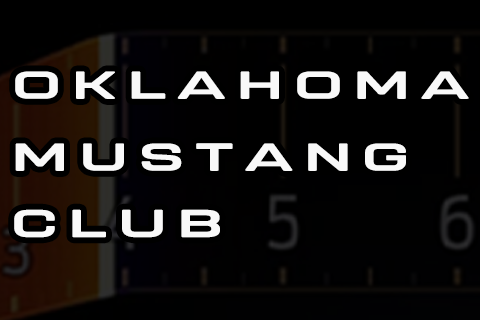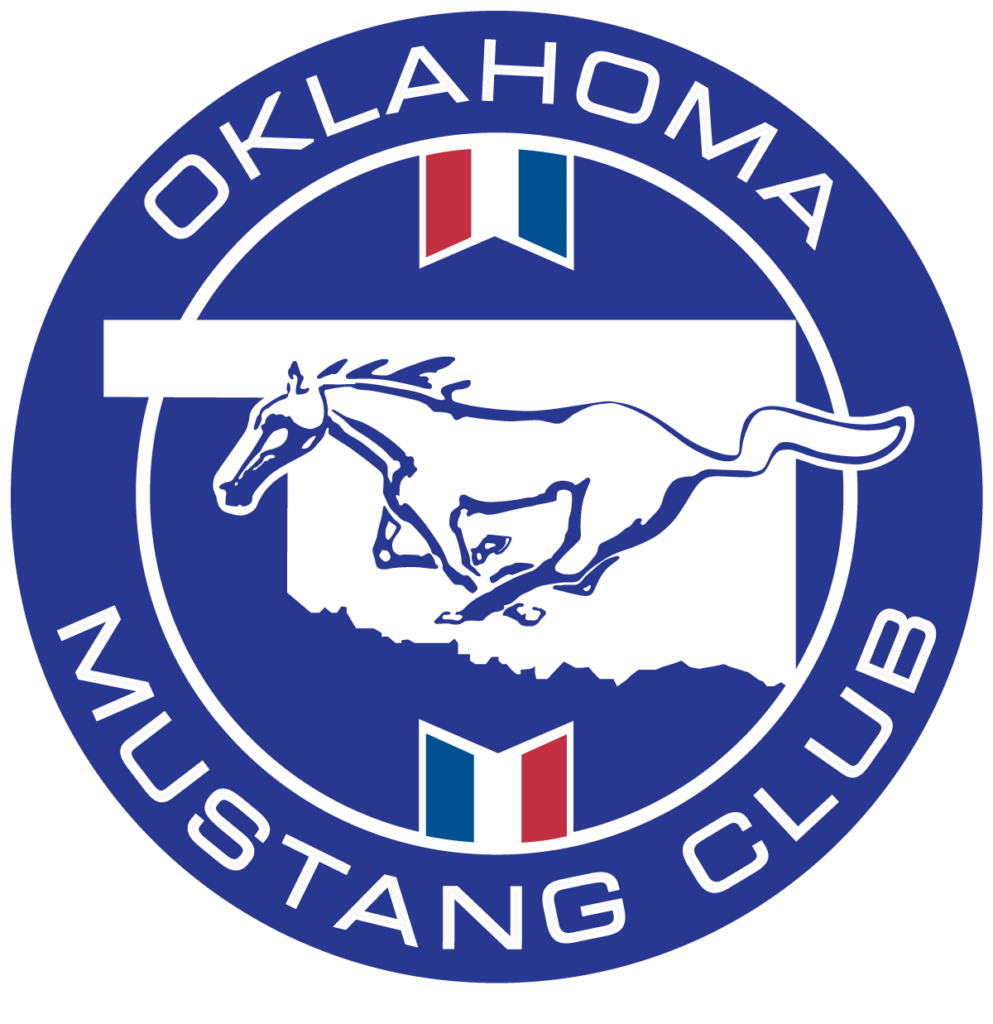Manufactured from 1964 to 1973
As Lee Iacocca’s assistant general manager and chief engineer, Donald N. Frey was the head engineer for the T-5 project—supervising the overall development of the car. The T-5 prototype was a two-seat, mid-mounted engine roadster and employed the German Ford Taunus V4 engine and was very similar in appearance to the much later Pontiac Fiero.
It was claimed that the decision to abandon the two-seat design was in part due to the low sales experienced with the 2-seat 1955 Thunderbird. A “Fastback 2+2” model traded the conventional trunk space for increased interior volume as well as giving exterior lines similar to those of the second series of the Corvette Sting Ray and European sports cars such as the Jaguar E-Type. The “Fastback 2+2” was not available as a 1964½ model, but was first manufactured on August 17, 1964.
Favorable publicity articles appeared in 2,600 newspapers the day the car was “officially” revealed. A Mustang also appeared in the James Bond film Goldfinger in September 1964.
1967 Mustang Fastback
To cut down the development cost and achieve a suggested retail price of US$2,368, the Mustang was based heavily on familiar yet simple components, many of which were already in production for other Ford models. Components of the interior, chassis, suspension, and drivetrain were derived from the Ford’s Falcon and Fairlane. Original sales forecasts projected less than 100,000 units for the first year. This mark was surpassed in three months from rollout. In its first eighteen months, more than one million Mustangs were built.
Several changes were made at the traditional opening of the new model year (beginning August 1964), including the addition of back-up lights on some models, alternators (replacing generators), and increased displacement for the V8 engine from 260 cu in (4.3L) to 289 cu in (4.7L). In the case of at least some six-cylinder Mustangs fitted with the 101 HP, 170 cu in (2.8L) Falcon engine, the rush into production included some unusual quirks, such as the horn ring bearing the ‘Ford Falcon’ logo covered by a trim ring with a ‘Ford Mustang’ logo. These characteristics made enough difference to warrant designation of the 121,538 earlier ones as “1964½” model-year Mustangs, a distinction that has endured with purists.
1969 Mustang hardtop
Ford’s designers began drawing up larger versions even as the original was achieving sales success. From 1967 until 1973, the Mustang got bigger but not necessarily more powerful. The Mustang was given a facelift, adding a more massive look overall. Front and rear end styling was more pronounced, and the “twin cove” instrument panel offered a thicker crash pad, and larger gauges. Hardtop, fastback and convertible body styles continued to be available. Federal safety features were standard that year, including an energy-absorbing steering column and wheel, 4-way emergency flashers, and softer interior knobs. The 1968 models received revised side scoops, steering wheel, and gas caps. Side marker lights were also added that year, and cars built after January 1, 1968 included shoulder belts for both front seats. The 1968 models also introduced a new 302 cu in (4.9L) V8 engine.
The 1969 restyle “added more heft to the body as width, length and weight increased. The 1969 models, with larger body and revised front end styling, models (but less so in 1970) had a notable aggressive stance. The 1969 models featured “quad headlamps” which disappeared to make way for a wider grille and a return to standard headlamps in the 1970 models. This switch back to standard headlamps was an attempt to tame the aggressive styling of the 1969 model, which some felt was too extreme and hurt its sales. Starting in 1969, to aid sales and continue the winning formula of the Mustang, a variety of new performance and decorative options became available, including functional (and non-functional) air scoops, cable and pin hood tie downs, and both wing and chin spoilers. Additionally, a variety of performance packages were introduced to appeal to a wider audience, notably the Mach 1, the Boss 302, and Boss 429. The two Boss models were introduced to homologate the engines for racing but received fame on the street and to this day they still demand premium pricing for their pedigree. 1969 was the last year for the GT option. However, a fourth model available only as a hardtop, the Grande, (pronounced ‘grund-ai’) met a degree of success starting in 1969 with its soft ride, “luxurious” trim, 55 pounds (24.9 kg) of extra sound deadening, and simulated wood trim.
1971 and 1972 Mustang Coupe
Developed under the watch of “Bunkie” Knudsen, the Mustang evolved “from speed and power” to the growing consumer demand for bigger and heavier “luxury” type designs. The result were Mustangs that grew fat and lazy and as a result, Ford was out of the go-fast business almost entirely by 1971. A displeased Iacocca summed up later: “The Mustang market never left us, we left it”.


